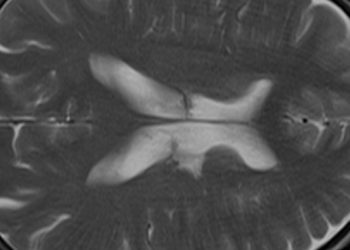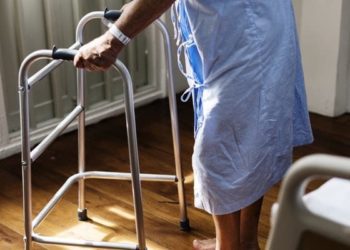Targeting senescent cells prevents age-related bone loss in mice [PreClinical]
1. When three therapies that eliminate senescent cells were separately tested on aged mice, the animals demonstrated improved bone microarchitecture and increased bone strength.
2. Young mice were not affected by any of the therapies, suggesting that the therapeutic approach of targeting senescent cells affected bone loss associated with aging.
Evidence Rating Level: 1 (Excellent)
Study Rundown: With age, certain cells accumulate DNA damage and become non-proliferating senescent cells. Because these cells express biomarkers such as p16Ink4a, they avoid apoptosis. Senescent cells have been identified in aged bones and are known to impair normal tissue functioning. The researchers in this study used three approaches to eliminate senescent cells and assessed their effects in preventing bone loss and restoring function.
In the first approach, researchers used transgenic mice containing a gene that eliminated senescent cells upon drug administration. After drug administration, these mice had improved spinal and femoral bone architecture, as well as increased bone strength. In the second, more clinically relevant approach for targeting senescent cells, mice were administered a combination of senolytic drugs that are currently clinically used for other indications, dasatinib and quercetin (D + Q). Treated mice had improved spinal bone microarchitecture and femoral bone strength. Finally, the efficacy of JAK inhibitors (JAKi) was assessed due to their known role in inhibiting the harmful functions of senescent cells. Results obtained in this model were similar to those from the other approaches.
Using three different approaches, the researchers in this study demonstrated the efficacy of targeting senescent cells to improve bone loss associated with aging. With the use of currently approved drugs, these data have increased clinical significance; however, the approach needs to be assessed in humans and compared to current drugs used for age-related bone loss.
Click here to read this study in Nature Medicine
Relevant Reading: Bone cell senescence: Mechanisms and perspectives
In-Depth [animal study]: The first approach used 20-month-old female INK-ATTAC mice, which contained a transgene that eliminated p16Ink4a-positive cells following the administration of the drug AP20187. After four months of drug administration, dual-energy X-ray absorptiometry was performed to assess areal bone mineral density. The mice demonstrated improvements in the microarchitecture of the spine trabecular bone as well as increased cortical thickness of the femur (p < 0.05). Compression loading tests were performed with a servohydraulic test system to assess the bone strength of these mice, and the transgenic mice demonstrated a significant increase in bone strength (p < 0.05). In contrast, young (12-month-old) transgenic mice demonstrated no change in these parameters following drug administration.
In the second approach to target senescent cells, the researchers used senolytic drugs, D + Q, that are currently used clinically. When 20-month-old male C57BL/6 mice were treated with D + Q for four months, they showed decreased p16Ink4a mRNA expression (p < 0.01). The mice showed improved cortical microarchitecture of the spine, along with significantly increased cortical thickness and bone strength of the femur (p < 0.05).
Finally, the JAKi ruxolitinib was used to indirectly target senescent cells in 22-month-old male C57BL/6 mice. Results were similar to those from the previous two approaches; treated mice demonstrated improved trabecular bone microarchitecture of the spine and femoral bone strength (p < 0.05). Young (7-month-old) mice did not show such changes in bone parameters. However, this treatment resulted in systemic effects, including altered cytokine levels.
Image: PD
©2017 2 Minute Medicine, Inc. All rights reserved. No works may be reproduced without expressed written consent from 2 Minute Medicine, Inc. Inquire about licensing here. No article should be construed as medical advice and is not intended as such by the authors or by 2 Minute Medicine, Inc.







